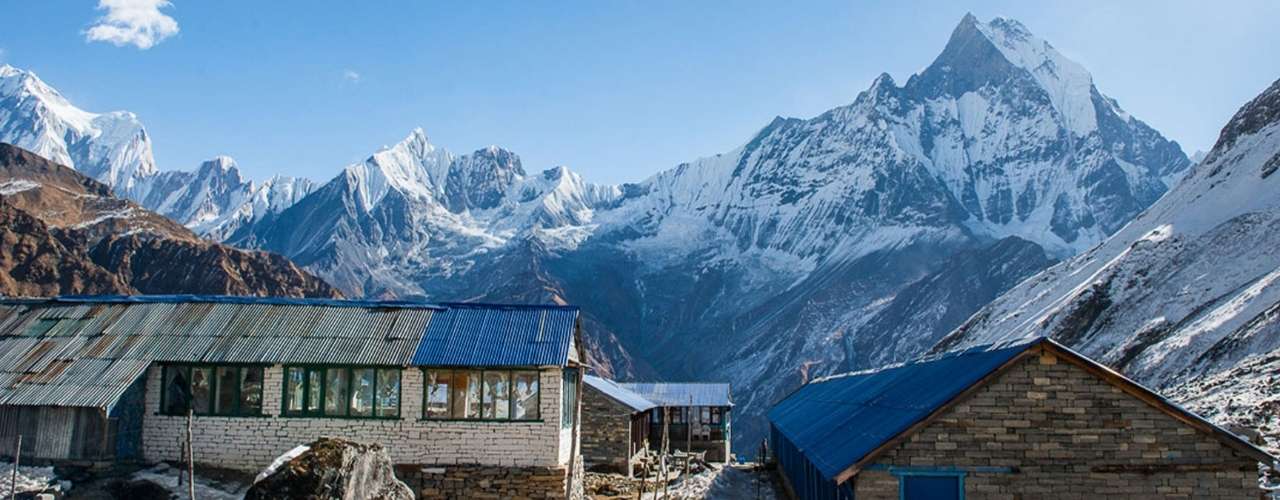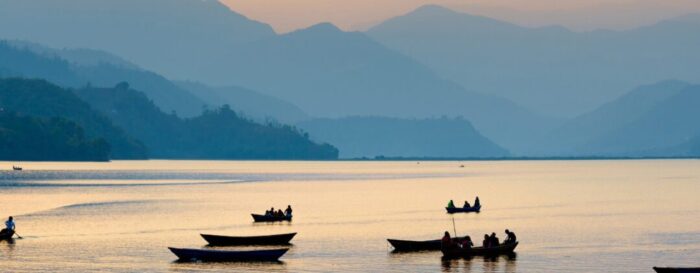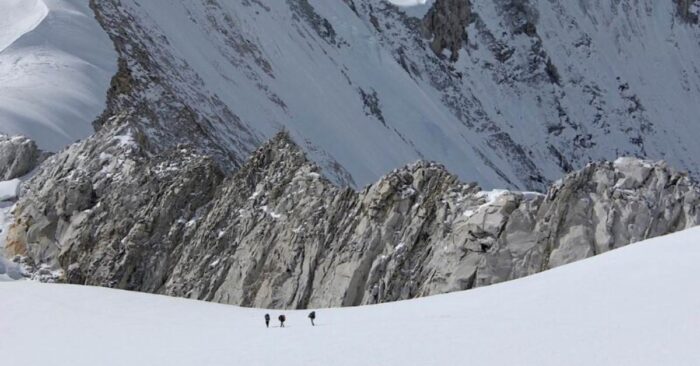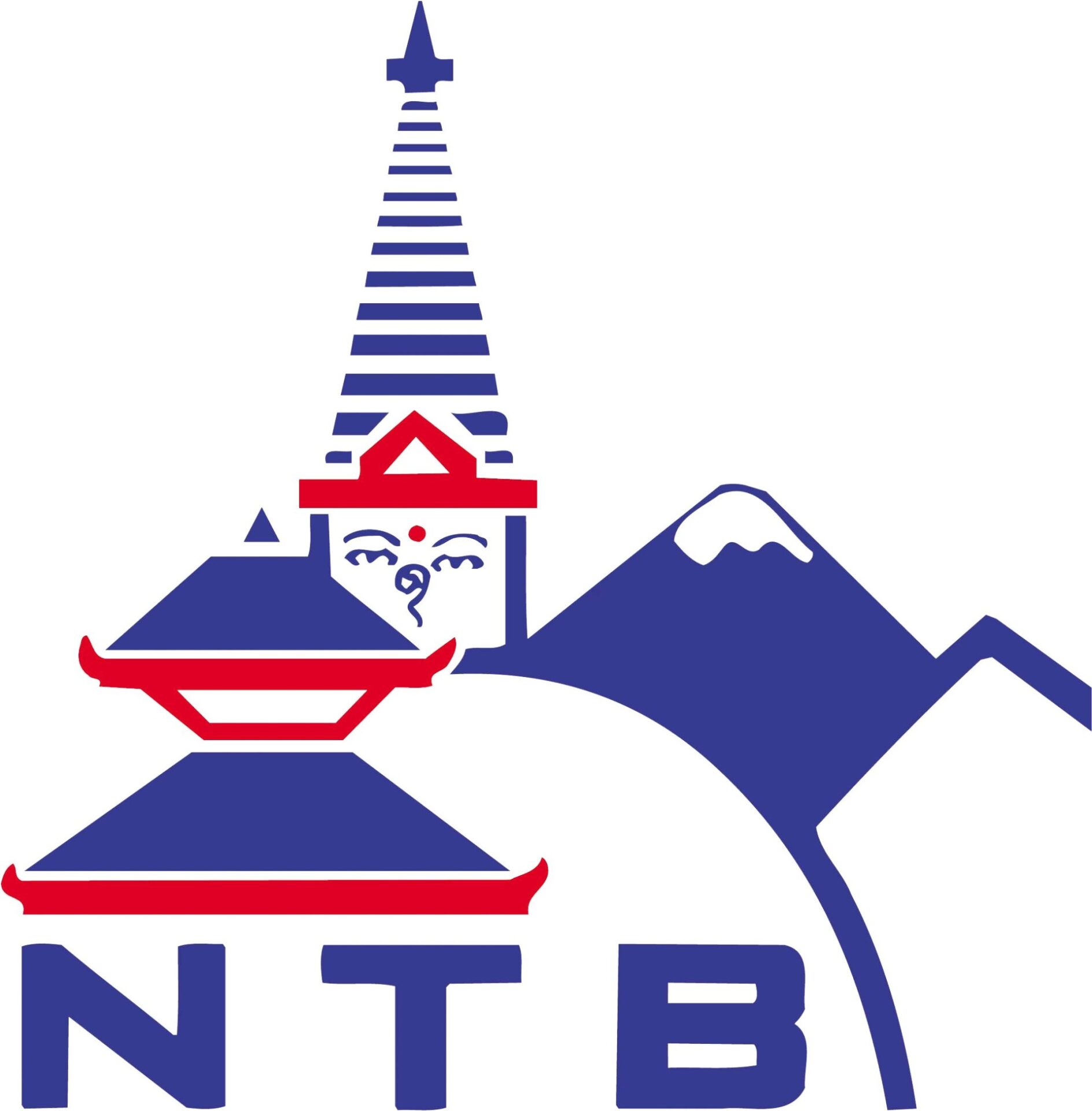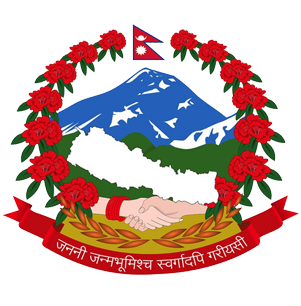Exploring the Rich History of Trekking in the Annapurna Region
Since the middle of the 20th century, trekking in Nepal’s Annapurna region has grown to become one of the most well-liked trekking destinations worldwide. The development of trekking in the Annapurna region is often credited to Colonel Jimmy Roberts, who organized the first commercial trek in 1956. Roberts led a group through the Kali Gandaki Gorge, showcasing the beauty of the region and setting the stage for future trekking activities. The Annapurna region saw a steady increase in popularity for trekking during the 1960s and 1970s. The construction of roads and the introduction of teahouses along the trails facilitated access for trekkers. The Annapurna Circuit Trek, a classic route encircling the Annapurna Massif, emerged as one of the premier trekking experiences, offering a variety of landscapes from lush subtropical forests to high alpine deserts. In the 1980s, with the establishment of the Annapurna Conservation Area, efforts were made to balance tourism with environmental conservation.
The 21st century brought more changes to trekking in the Annapurna region, with improvements in trail infrastructure, accommodations, and services. There are now a variety of trekking routes and variations available, giving trekkers more ways to explore the region. But the devastating earthquake in 2015 had a significant impact on the Annapurna region, leading to reconstruction efforts and the implementation of measures to ensure the safety and sustainability of trekking activities. Today, the Annapurna region continues to be a favorite among trekkers worldwide. The treks to the Annapurna Base Camp and Annapurna Circuit continue to be iconic experiences, drawing people looking for a mix of stunning scenery, cultural immersion in the Gurung and Thakali villages, and close encounters with the region’s varied flora and fauna. Trekking in the Annapurna region has a long history that reflects exploration, respect for the environment and local culture, and continuous efforts to strike a balance between tourism and conservation.

